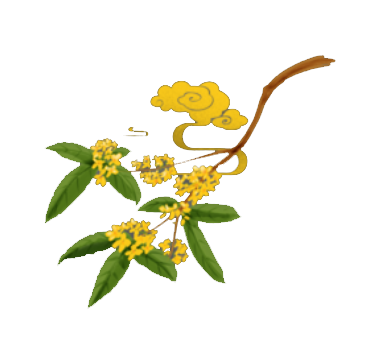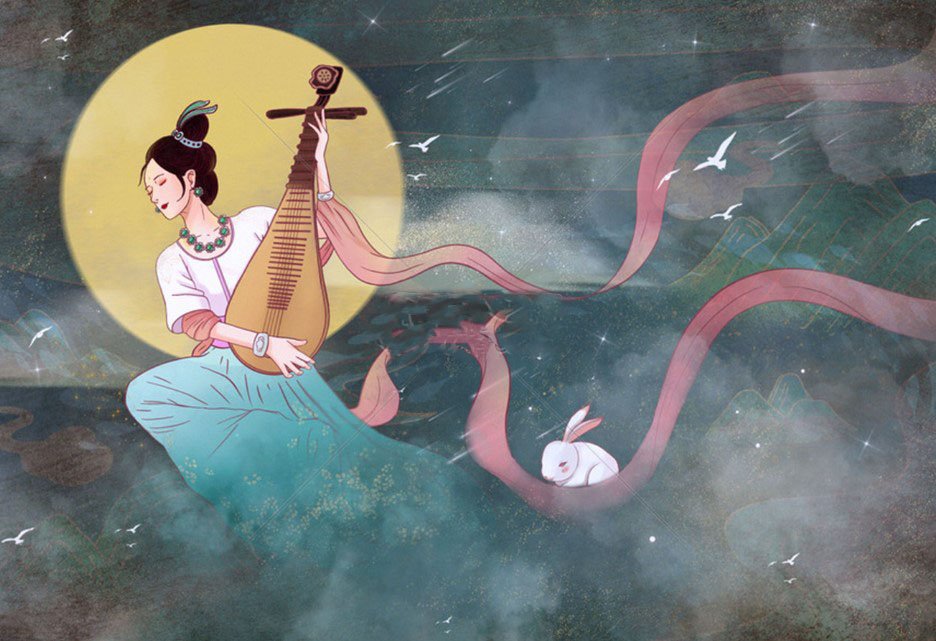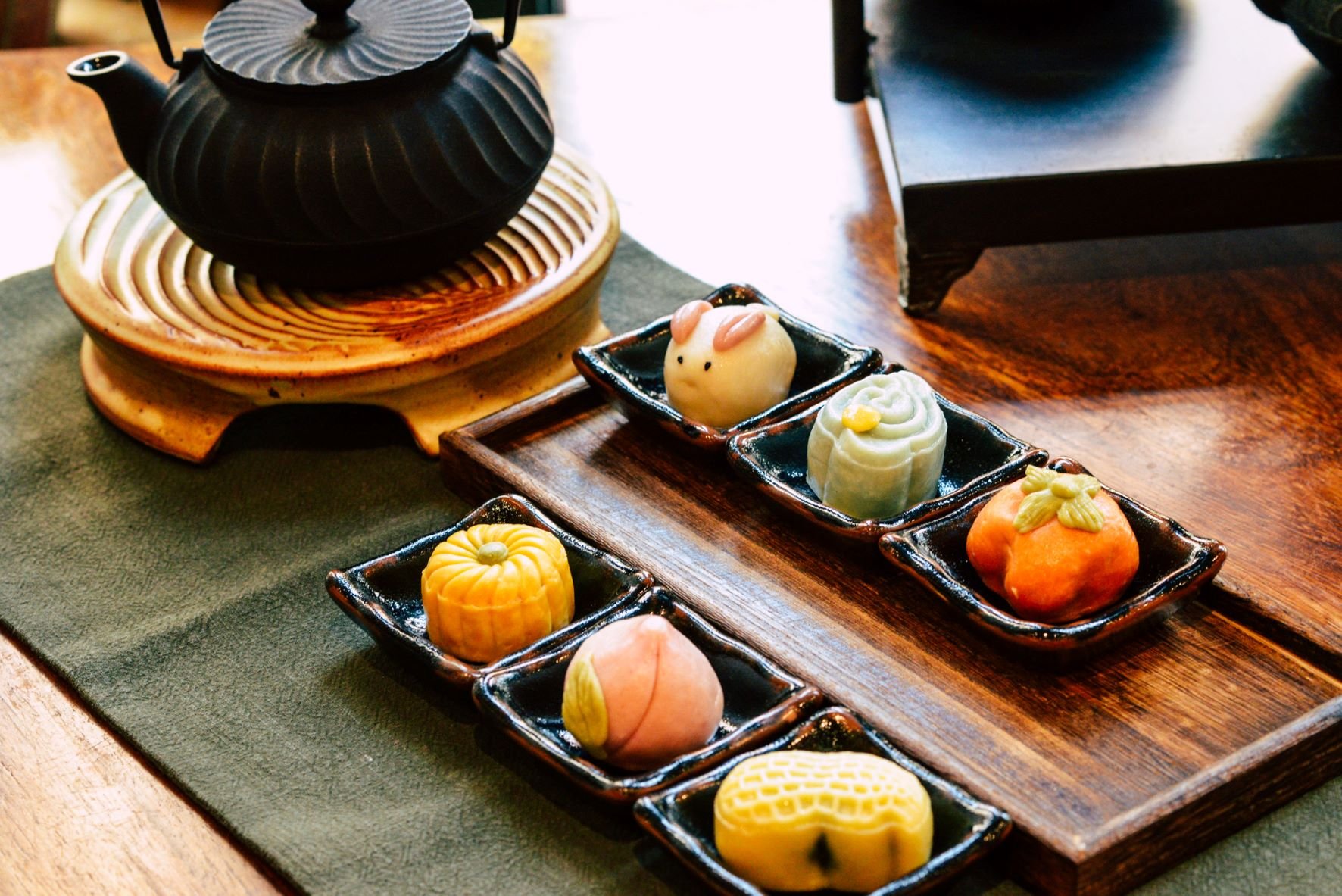MID-AUTUMN FESTIVAL MOONCAKE or 中(Zhōng)秋(Qiū)月(Yuè)饼(Bǐng) (V, GF)
The Mid-Autumn Festival is based around ‘moon worship’, or the making of offerings to the mysterious moon, in a centuries-old Chinese celebration. Early on, the Mid-Autumn Festival was most popular in the northern regions of China. Based on ancient literature, the festival is believed to have started during the Han Dynasty (202 BC–220 BC) and was eventually designated to be an official holiday during the Tang Dynasty (618–907). In the lunisolar calendar, August 15th is the date of this annual Festival.
The 15th is the point during most months when the full moon is visible. The completion of the moon’s cycle is viewed as a representation of unity in a metaphorical reunion. In celebration of this event, family and friends gather to ‘worship’ the moon, creating moon related riddles and lanterns accompanied by tea, osmanthus wine, and mooncakes. Famous poets like Li Ban have composed well-known Chinese poems for the holiday to express the sentiment behind the celebration and to describe the beautiful sight of Autumn flowers (mostly chrysanthemum) and the harvest under the moonlight.
During the Song Dynasty (960–1279) and then the Qing Dynasty (1636–1912), the Mid-Autumn Festival became widely embraced as a national day of celebration. It was during the latter period that mooncakes became a customary Festival dessert.
A great deal of mythology centers around the Festival, the most famous of which is a love story about a wife named Cháng'é and her hero husband Hòuyì. It was said that there were ten Suns in the sky before, and they were the cause of the severe drought each year. Hòuyì was good at archery. He shot down nine out of ten Suns and saved the citizens and their Crops. Hòuyì then was awarded by the Heavenly Queen Mother at The Peach Banquet with the Elixir of Immortality. She warned Hòuyì that he needs to use the Elixir wisely. Hòuyì wanted to share the Elixir with the wife so they can live the eternal life together. However, the wife then consumed more than her portion of a medicine that granted immortality instead of leaving her husband half, which would have allowed them both to become immortal. The wife was sent to the moon (with her pet rabbit) and became the goddess of moonlight. The husband remained on Earth and was sad without his wife, whom he could only see at a distance when he looked up at the sky on a full moon night. It is said that the moon’s shape is a semblance of the goddess under an osmanthus tree, pet rabbit at her side.
Chef Jing’s gluten-free and vegan snowy skin mooncakes have featured main objects from the Mid-Autumn Festival folklores. The mooncake collection comes in the shapes of a peach, chrysanthemum, a peanut, a persimmon, an iridescent cloud, and a bunny. Each mooncake has different filling which makes it interesting to taste with families and friends. Teaism DC since 1996 blended Wuyi oolong with the festival iconic osmanthus flowers. It goes well with the mooncake tasting and helps to clean palate between flavors.





